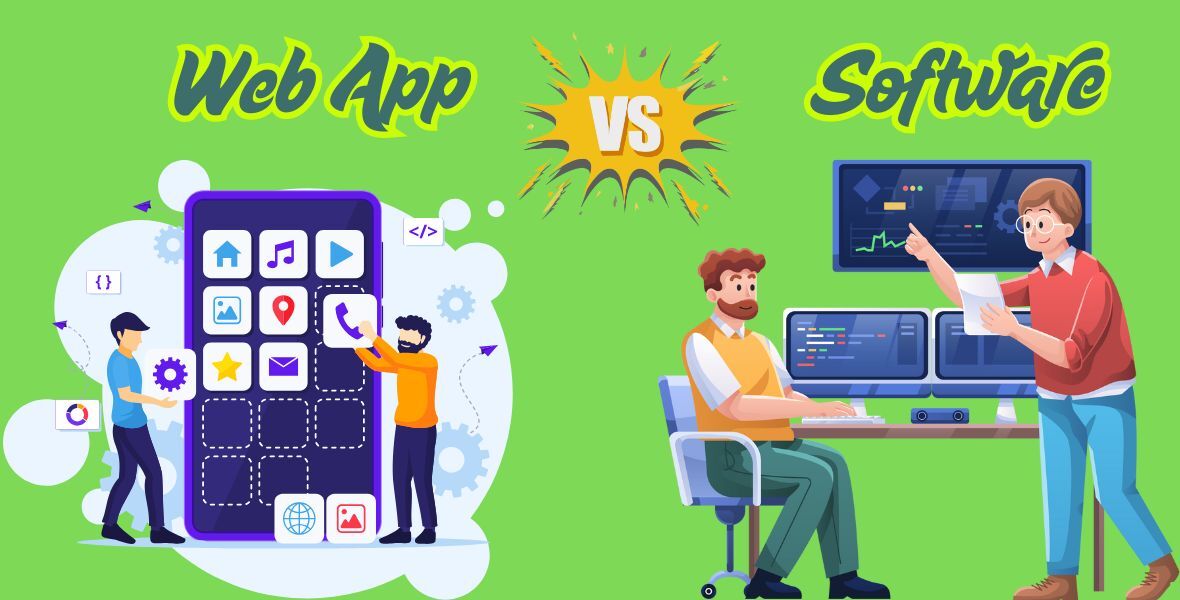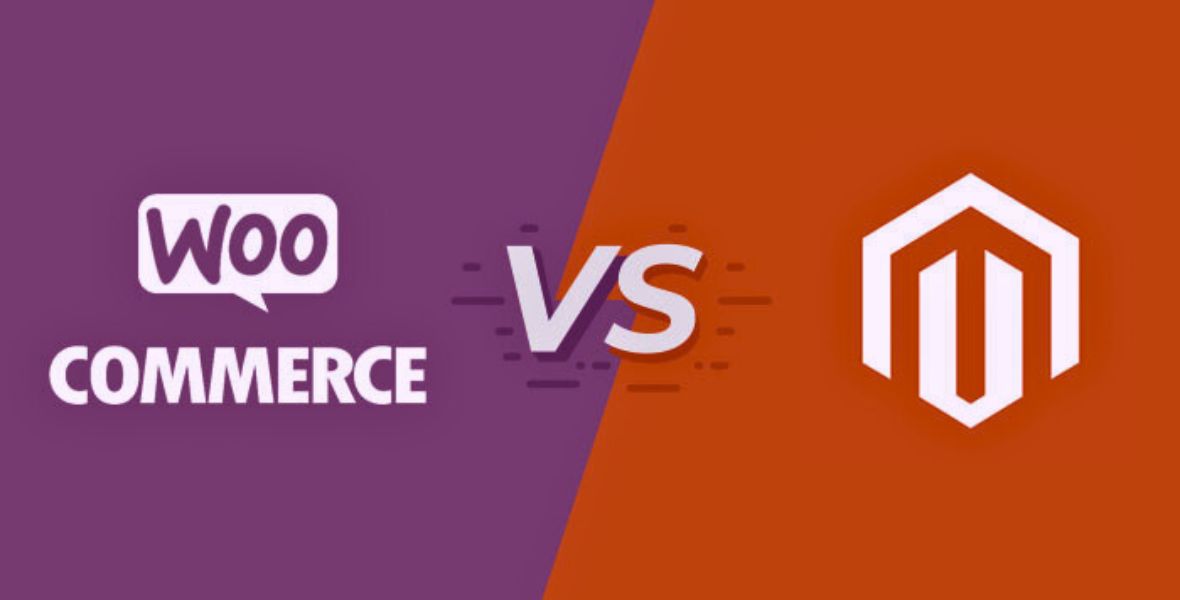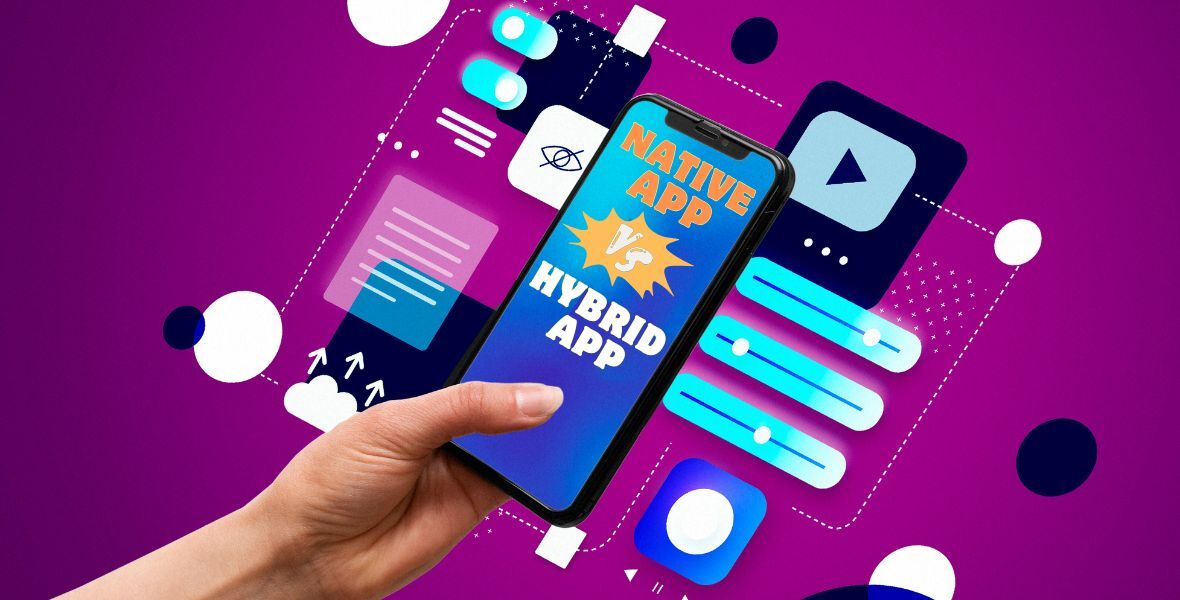Web App vs Software: Which Suits Your Needs?

Choosing between a web app and software shapes your digital experience. I often hear confusion about these terms. You might wonder which option fits your goals. This article clears that up.
Web apps run in browsers, while software installs on devices. I’ll explain their differences, benefits, and drawbacks. You’ll get a straightforward answer to pick the right tool for your tasks.
I’ve built both web apps and desktop software for years. You’ll gain insights from my experience. This guide covers definitions, comparisons, use cases, and unique aspects competitors miss. Let’s dive in.
Defining Web Apps and Software
I start with basics to set the stage. A web-based application operates through a browser. You access it online without installing files. Software, like a desktop application, requires installation on your device.What Is a Web-Based Application?
You open a browser, visit a site, and use a web app. Think Gmail or Google Docs. These tools need internet access. They store data on servers, not your device.What Is Desktop Application Software?
Desktop software lives on your computer. You download and install it. Microsoft Word or Adobe Photoshop are examples. They often work offline and use your device’s storage.Key Distinctions in Functionality
Web apps rely on internet connectivity. Desktop apps often don’t. You access web apps anywhere with a browser. Software ties to specific devices. These differences impact usability and performance.Comparing Accessibility and Convenience
Let’s explore how you interact with these tools. Accessibility defines user experience. Web apps and software offer distinct approaches. I’ll break down their strengths.Web Apps Shine with Universal Access
You can use web apps on any device with a browser. At work, home, or on your phone, they’re available. No installation saves time. Updates happen automatically on servers.Software Requires Device-Specific Setup
Desktop apps demand installation. You download files and configure settings. This takes effort. Updates often require manual downloads. You’re limited to devices where the software is installed.Balancing Convenience with Control
Web apps prioritize ease. You log in and start working. Software offers deeper control. You customize settings and manage files locally. Your needs dictate the better choice.Performance and Speed Differences
Now, I’ll tackle how these tools perform. Speed matters for productivity. Web apps and software handle tasks differently. Let’s see how they stack up.Web Apps Depend on Internet Speed
Your internet connection affects web app performance. Slow networks cause delays. Modern web applications, like Trello, optimize for speed. Still, they can’t match local software in poor connectivity.Software Leverages Device Power
Desktop apps use your computer’s resources. They run faster for complex tasks. Video editing software like Premiere Pro thrives locally. You avoid internet-related slowdowns.Hybrid Solutions Bridge the Gap
Some tools combine approaches. Electron-based apps, like Slack, act like web apps but install locally. You get web-like interfaces with software-level performance. These blur traditional lines.Security Considerations for Both
Security keeps your data safe. I’ve seen users worry about risks. Web apps and software have unique security setups. Let’s examine their approaches.Heygen Web Apps Centralize Security
Web applications store data on servers. Providers like THEOFTKING.com secure these servers. You trust their encryption and updates. But breaches can expose data. Strong passwords help.Software Puts Security on You
Desktop apps store data locally. You control access. This reduces online risks. However, malware or device theft poses threats. You must update software to patch vulnerabilities.Mitigating Risks for Safe Use
Use reputable providers for web apps. For software, install antivirus programs. Both require vigilance. I recommend monitoring updates and permissions. Your habits 0ensure safety.Cost and Maintenance Breakdown
Money and upkeep influence decisions. I’ll explain how web apps and software differ in costs. You’ll see what fits your budget.Web Apps Often Use Subscriptions
Many web apps charge monthly fees. Think Spotify or Zoom. You pay for access and updates. Costs add up, but maintenance is handled by providers.Software Involves Upfront Purchases
Desktop software often has one-time costs. Buy Photoshop, and you own it. Updates may cost extra. You handle installation and troubleshooting, which takes effort.Long-Term Cost Considerations
Subscriptions suit frequent users. One-time purchases favor long-term use. I advise calculating costs over years. Factor in your comfort with maintenance tasks.Customization and Scalability
Your tools should grow with you. Customization and scalability between web apps and installed software varies. Let’s unpack these aspects.Web Apps Offer Limited Customization
You adjust settings within constraints. Web apps prioritize uniformity. Tools like Canva allow some tweaks. Majorchanges often require developer helps, like from THESOFTKING.com.
Software Allows Deep Personalization
Desktop apps support extensive customization. You modify code or settings. Developers use tools like Visual Studio for tailored solutions. This flexibility suits advanced users.Scalability for Growing Needs
Web apps scale easily. Providers add server resources. Software scaling depends on your hardware. Upgrading devices costs more. Consider future needs when choosing.Offline Capabilities Explored
Working without internet matters. I’ll compare how web apps and software handle offline use. You’ll know what works for you.Web Apps Struggle Offline
Most web-based applications need internet. Some, like Google Docs, offer limited offline modes. You sync changes later. Full functionality often requires connectivity.Software Excels in Offline Scenarios
Desktop apps work without internet. You edit photos or write code anywhere. Local storage ensures access. This suits remote or unstable network environments.Planning for Connectivity Needs
If you travel or face spotty internet, software wins. Web apps suit stable connections. I suggest assessing your work environment before deciding.Development and Deployment Insights
Building these tools differs. I’ve developed both types. You’ll learn how web apps and software are created and deployed.Web App Development Focuses on Browsers
Developers code web apps for cross-browser compatibility. HTML, CSS, and JavaScript dominate. Deployment happens on servers. Updates roll out instantly to all users.Software Development Targets Devices
Desktop app coding varies by platform. Windows, macOS, or Linux need specific languages. Deployment involves packaging installers. Updates require user action.Time and Effort in Creation
Web apps deploy faster. Software takes longer due to platform testing. Developers at firms like THESOFTKING streamline both. Your project timeline influences the choice.Use Cases for Web Apps
Let’s look at when web apps excel. I’ll share scenarios where they outshine software. You’ll see practical applications.Collaboration Tools Thrive Online
Web apps like Slack or Asana enable teamwork. You share files and chat in real-time. Teams across locations stay connected. Internet access is key.E-Commerce Platforms Leverage Web
Online stores use web apps. Shopify or WooCommerce run in browsers. You manage sales anywhere. Customers shop without installing anything.Education and Training Platforms
Web-based tools like Moodle support learning. You access courses online. Instructors upload content easily. These platforms favor accessibility over offline use.Use Cases for Desktop Software
Software has its strengths. I’ll highlight where desktop apps shine. You’ll understand their unique advantages.Creative Work Demands Software
Artists and editors use desktop tools. Photoshop or Final Cut Pro handle large files. They leverage device power for precision. Web apps can’t match this.Gaming Relies on Installed Apps
Games like Cyberpunk 2077 run locally. You need powerful hardware. Web-based games exist but lack depth. Software delivers immersive experiences.Data-Intensive Tasks Favor Software
Scientists use desktop apps for analysis. MATLAB or SPSS process large datasets. Local storage and computing power speed up tasks. Web apps lag here.Native vs Web Applications
I’ll compare native apps to web apps. These terms overlap with software and web discussions. You’ll grasp their differences.
Native Apps Mimic Desktop Software
Native apps install on devices. They’re built for specific platforms, like iOS or Android. You download them from app stores. They work offline.Web Apps Prioritize Cross-Platform Use
Web apps run in browsers. You access them on any device. They save development time. Native apps offer better performance for complex tasks.Choosing Between Native and Web
Native apps suit device-specific needs. Web apps favor broad access. I suggest weighing performance against accessibility for your project.Cloud-Based Apps vs Desktop Apps
Cloud apps add another layer. I’ll compare them to desktop apps. You’ll see how they fit into the web app vs software debate.Cloud Apps Blend Web and Software
Cloud-based apps, like Dropbox, store data online. You install light software or use browsers. They combine web accessibility with software features.Desktop Apps Stay Fully Local
Desktop apps keep everything on your device. You avoid cloud dependency. This suits sensitive data. Cloud apps risk breaches but offer backup.Deciding on Cloud or Local
Cloud apps suit collaboration. Desktop apps protect privacy. I recommend assessing data sensitivity and team needs beforechoosing.
Is a Website Software?
This question pops up often. I’ll clarify the relationship. You’ll understand where websites fit in this discussion.Websites as Web-Based Tools
A website is a web app if it offers functionality. Think online banking. Static sites aren’t software. Interactive ones blur the line with web applications.Software Beyond Websites
Desktop software isn’t a website. It’s a standalone program. Websites rely on browsers. Software uses device resources. Thedistinction lies in delivery.
Clarifying for Better Decisions
If you need a website with features, it’s a web app. For local power, choose software. I advise defining your goals clearly.Apps vs Web Apps
Mobile apps add complexity. I’ll compare them to web apps. You’ll see how they relate to software discussions.Mobile Apps Act Like Software
Mobile apps install on phones. They’re native or hybrid. You download them from stores. They access device features like cameras. Web apps don’t.Web Apps Stay Browser-Based
Web apps run online. You don’t install them. They work across devices. Mobile apps offer speed but limit platform reach. Web apps prioritize access.Picking the Right App Type
Mobile apps suit specific tasks. Web apps favor universal use. I suggest considering your audience’s devices and needs.Future Trends in Web Apps and Software
Let’s look ahead. I’ll share where these tools are going. You’ll know what to expect.Web Apps Gain Advanced Features
Web technologies improve. Progressive web apps (PWAs) act like software. They work offline and install lightly. You’ll see more PWAs soon.Software Adapts to Cloud Integration
Desktop apps integrate cloud features. You sync data online. Software stays relevant by blending local and web benefits. Hybrid tools will grow.Preparing for Changes
Stay updated on trends. I recommend testing new tools. Your choice today should align with future needs.Making the Right Choice for You
I’ll help you decide. Web apps and software serve different purposes. You’ll weigh factors to choose wisely.Assess Your Connectivity
Do you have reliable internet? Web apps need it. Software doesn’t. I suggest checking your network before committing.Consider Your Budget
Subscriptions fit web apps. Software often costs upfront. You should calculate long-term expenses. Factor in maintenance time.Evaluate Task Complexity
Complex tasks favor software. Simple collaboration suits web apps. I advise matching tools to your workload.Test Before Committing
Try free versions. Many web apps offer trials. Software demos exist too. You’ll avoid regrets by testing first.FAQ Section
What is a web-based application?
A web-based application runs in a browser. You access it online. It needs internet. Examples include Gmail. No installation is required.What is desktop application software?
Desktop application software installs on your computer. You run it locally. It often works offline. Microsoft Word is an example.Are web apps more secure than software?
Web apps rely on server security. Software depends on your device. Both need updates. Security varies by provider and user habits.Can web apps work offline?
Some web apps offer offline modes. Google Docs allows limited editing. Full features usually require internet. Software excels offline.Is a website considered software?
Interactive websites are web apps. They act like software. Static sites aren’t. Software usually refers to installed desktop programs.Choose Your Solution with THESOFTKING
You’ve learned the differences between web apps and software. Now, take action. Need a custom web application or desktop software?THESOFTKING builds solutions for you. Our team delivers reliable tools. Contact us today to start your project. Shape your digital future now!





